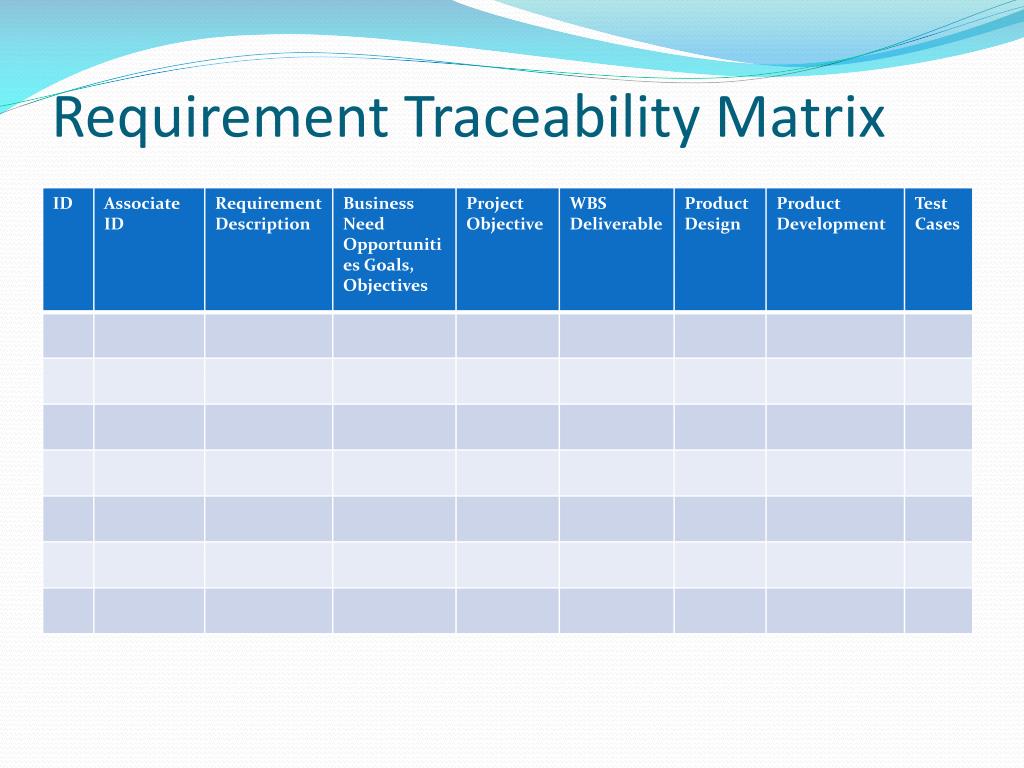Requirements Traceability Matrix: features of creation
The Requirements Traceability Matrix is a handy tool for project management. It is a document with one or more tables, where all the necessary data and objectives that will help to successfully conduct activities are entered.
The matrix enters data about the goals and objectives of the project, and the necessary cases, which are used to verify the effectiveness of developments. In addition, the history of changes is recorded here, which gives an idea of the errors made and the options for fixing them.
The matrix is not just a dry statement of data, it primarily helps to trace the patterns and connections in a particular project.
RTM is most often promoted as a useful tool primarily for testers. However, its functionality is much broader, and it can be adapted to specific projects. The tool is also called a trace matrix, which literally translates to “traceability. This explanation covers much more than just testing.
The matrix allows you to successfully lead a project by monitoring the process at every stage of development. It makes it possible to reduce the risk of missing a certain point. By following the outlined cases, specialists will not waste time and effort on unnecessary details, and each action will be consistent.

Benefits of using Requirements Traceability Matrix:
– the tool sifts out unnecessary tasks, helping you focus only on those that will help create the right product;
– makes it possible to conduct transparent business intelligence at each stage of development;
– ties all the stages of the task, from setting goals to the delivery of the finished and working project into a single coherent chain;
– the ability to change the requirements during the development process, keeping track of how the correction affects the product as a whole;
– reduces the risk of errors, misunderstandings, and deadline failures;
– it allows you to create a system of communications, which will be available and useful for all specialists;
– all the necessary information is collected in one system, which helps to quickly solve the problem that has arisen.
Working with the requirements matrix begins with the task definition and preparation of templates. This process includes highlighting the necessary business requirements, functional features, and cases for testing. Such items are included in the creation of a basic matrix, but for a more effective activity, it is better to use the expanded version of the tool. In such a matrix, the listed items will be supplemented by a description of the elements and stages of development, a list of requirements and user scenarios, and important tasks for each module of the project.
The better the information is structured and entered into the matrix, the easier it will be to follow them. In case it is not possible to enter all the necessary information into the table, additional software is used.

















